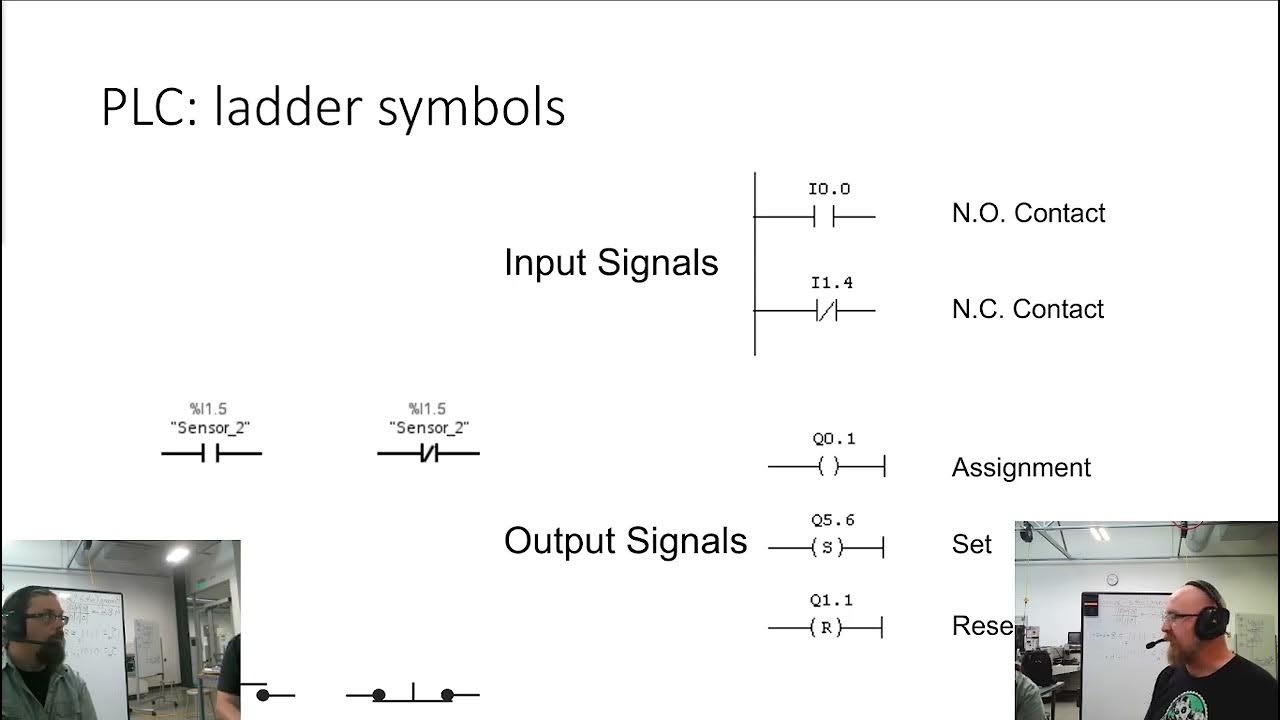Introduction to Programmable Logic Devices (PLDs)
Summary
TLDRThis course on HDL Digital Circuit Design covers programmable logic devices (PLDs) at MIT Academy of Engineering, Pune. The lecture discusses the advantages of PLDs, such as flexibility, cost-efficiency, and reusability, compared to fixed logic systems like ASICs and microcontrollers. It explains how PLDs can be reprogrammed multiple times to verify and modify functions, using technologies like fuses and antifuses for programming. The lecture also introduces different types of PLDs, including ROM, PLA, PAL, GAL, CPLD, and FPGA, highlighting their applications and advantages in logic design.
Takeaways
- 🔧 Programmable Logic Devices (PLDs) are crucial for verifying functions and introducing new features in devices efficiently.
- 🔄 PLDs allow multiple reconfigurations, making them flexible and cost-effective compared to fixed logic systems.
- 🧩 Examples of PLDs include Field Programmable Gate Arrays (FPGAs) and Complex Programmable Logic Devices (CPLDs).
- 🛠️ Fixed logic systems, like Application Specific Integrated Circuits (ASICs), perform a set of operations repeatedly and cannot be reprogrammed.
- ⚡ Fuse technology in PLDs uses normal fuses that, once blown, remove connections, making the device one-time programmable.
- 🔌 Anti-fuse technology creates connections when a high voltage is applied, also making the device one-time programmable.
- 💡 Advantages of using PLDs include space efficiency on the board, faster time to market, lower costs, and higher reliability.
- 🗂️ Types of PLDs include Programmable Logic Arrays (PLAs), Programmable Array Logic (PAL), and Read-Only Memory (ROM).
- 🧠 High capacity programming for complex logic can be achieved using CPLDs and FPGAs.
- 🔍 Programmable connections in PLDs enable flexibility and multiple reconfigurations, unlike fixed connections in traditional ICs.
Q & A
What is the main topic discussed in the provided script?
-The main topic discussed is Programmable Logic Devices (PLDs) in the context of HDL digital circuit design.
Why is verification important before introducing new features in gadgets?
-Verification is crucial because it ensures the correctness of the function, preventing time-consuming and costly errors during the manufacturing of integrated circuits (ICs).
What is a Programmable Logic Device (PLD)?
-A PLD is a device consisting of configurable gates and flip-flops that can be programmed to implement various functions on a single device.
What are the advantages of using PLDs?
-PLDs are flexible as they can be reconfigured multiple times, cost-effective, efficient, and they allow iterative testing. They reduce costs because the same IC can be reused and modified as needed.
What are the two types of logic systems mentioned, and how do they differ?
-The two types of logic systems are fixed logic systems and programmable logic systems. Fixed logic systems have circuits with permanent configurations and perform a fixed set of operations, while programmable logic systems can be reconfigured multiple times to perform various functions.
What is an example of a fixed logic system?
-An example of a fixed logic system is an Application-Specific Integrated Circuit (ASIC), which is customized for specific tasks such as operating a toy car in forward, reverse, left, and right directions.
What is a One-Time Programmable (OTP) device?
-An OTP device is a type of programmable device where the connections are made using fuses or anti-fuses. Once the device is programmed and the fuses are blown, the connections are permanent and cannot be reprogrammed.
How does the fuse-based programming technology work?
-In fuse-based programming technology, connections are initially intact. When programming the device, specific fuses are blown to remove unwanted connections, making the device programmable only once.
What is the role of anti-fuses in programming technology?
-Anti-fuses work opposite to fuses; initially, there is no connection. Applying a high voltage establishes a permanent connection, making the device programmable only once.
What are some challenges with standard ICs in logic design?
-Standard ICs require more space on the board, involve complex soldering and debugging processes, and need meticulous inventory management, which can be problematic and time-consuming.
What are some examples of PLD types mentioned in the script?
-Examples of PLD types include Programmable Logic Arrays (PLAs), Programmable Array Logic (PAL), Generic Array Logic (GAL), and Field-Programmable Gate Arrays (FPGAs).
Why are PLDs considered advantageous in terms of time-to-market and cost?
-PLDs reduce time-to-market because they are available off-the-shelf and can be quickly tested and programmed. They are cost-effective since the same IC can be reused for different functions, reducing the need for multiple ICs.
Outlines

Esta sección está disponible solo para usuarios con suscripción. Por favor, mejora tu plan para acceder a esta parte.
Mejorar ahoraMindmap

Esta sección está disponible solo para usuarios con suscripción. Por favor, mejora tu plan para acceder a esta parte.
Mejorar ahoraKeywords

Esta sección está disponible solo para usuarios con suscripción. Por favor, mejora tu plan para acceder a esta parte.
Mejorar ahoraHighlights

Esta sección está disponible solo para usuarios con suscripción. Por favor, mejora tu plan para acceder a esta parte.
Mejorar ahoraTranscripts

Esta sección está disponible solo para usuarios con suscripción. Por favor, mejora tu plan para acceder a esta parte.
Mejorar ahoraVer Más Videos Relacionados

Logic implementation using Programmable Logic Array (PLA)

Introduction VLSI Rashmi Mahajan

Logic Gates | OR gate | AND gate | NOT gate | NOR gate | NAND gate | Digital Circuits (in हिन्दी)

truth table verification of digital logic gates

SysAp 7 1 Ladder Logic

Hardware Description Language Course Unit 8 (Midterms Week 8 Lesson) - Decoder Combinational Circuit
5.0 / 5 (0 votes)
